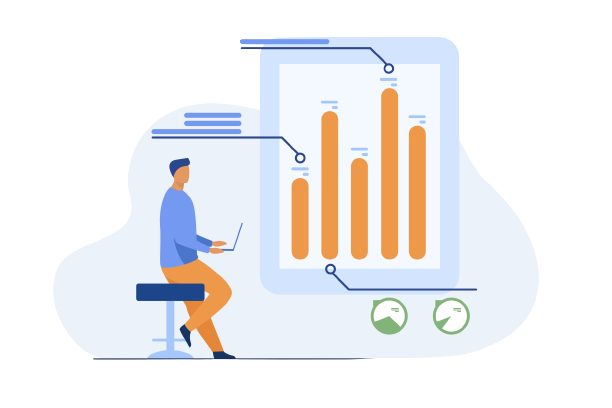

How AI Can Improve Customer Retention
In the era of data-driven decision-making, businesses are increasingly recognizing the pivotal role of customer data consolidation in shaping a seamless and personalized customer experience.


In the dynamic world of multi-venue businesses, providing exceptional customer experiences is paramount. As these businesses operate across various locations and interact with diverse customer bases, Voice of Customer (VoC) analytics plays a pivotal role in understanding and enhancing the customer journey. In this article, we will explore why automating VoC analytics makes business sense for multi-venue enterprises, supported by facts, figures, and real-world examples.
Multi-venue businesses, including restaurant chains, retail franchises, hotel groups, and entertainment venues, often face a set of unique challenges:
Customer experience (CX) is increasingly becoming a key competitive differentiator:
Given these figures, prioritizing CX in multi-venue businesses is not just a competitive advantage; it’s a strategic necessity.
VoC analytics is a methodology that collects and analyzes customer feedback and sentiments to gain insights into their preferences, needs, and experiences. VoC analytics provides a data-driven approach to understanding customer feedback and driving improvements.
Managing and analyzing VoC data can be an overwhelming task when collected from multiple venues, each with its own data sources and formats. Manual analysis is time-consuming, and crucial insights might be missed. Automation is the solution, and here’s why it makes business sense:
VoC data from multi-venue businesses can be vast and diverse. Automation streamlines the data collection process, making it more manageable and efficient. It also ensures that all data is captured and analyzed.
Forget about reading through thousands of voice of customer data points.
Let our AI-powered ‘Insight Assistant’ flag the issues that matter so you can work faster, boost productivity, and save more time.
Automation allows for real-time analysis, enabling businesses to respond promptly to customer feedback, address issues, and make improvements as they arise.
Automated VoC analytics ensures that feedback from different locations is analyzed using a consistent approach, allowing businesses to maintain the desired level of consistency across venues.
Real-world Example: McDonald’s employs automated VoC analytics to ensure that feedback from its global network of franchisees is collected and analyzed consistently. This consistency has contributed to their ability to maintain a uniform brand image.
Automated VoC analytics can identify recurring issues and common pain points experienced by customers across multiple venues. By addressing these common concerns, businesses can significantly improve overall customer satisfaction.
Real-world Example: Domino’s Pizza uses automated VoC analytics to identify common delivery-related complaints across its many locations. By addressing these issues, they have improved the overall customer experience and increased customer loyalty.
Automation provides a data-driven foundation for decision-making. Businesses can use the insights gathered through automated VoC analytics to make informed choices about strategies, operational changes, and improvements.
Real-world Example: Amazon uses automated VoC analytics to gain insights from customer feedback and make data-driven improvements to its operations. This approach has contributed to their reputation for delivering excellent customer service.
Automation allows multi-venue businesses to allocate resources more efficiently. By identifying venues or areas with the most significant CX challenges, businesses can focus their efforts and resources where they are needed most.
Real-world Example: Hilton Worldwide uses automated VoC analytics to pinpoint areas where individual hotels need improvements, allowing them to allocate resources strategically and enhance the customer experience.
While automation is a valuable tool, there are some challenges and considerations to keep in mind:
While automation is a valuable tool, there are some challenges and considerations to keep in mind: Data Privacy: Customer data collection and analysis must adhere to privacy regulations like GDPR and CCPA, necessitating responsible handling and storage of customer information. Change Management: Implementing automation may require change management strategies to ensure that employees at all levels understand its importance and benefits. Balancing Global and Local: Striking the right balance between global consistency and local adaptation can be challenging and requires a thoughtful approach.
Want The Latest CX Intelligence?
Analyse all your voice of customer data in one place and empower your teams with actionable insights that help them understand the true voice of your customers.
✔Free forever ✔ No credit card needed ✔ Reduce Churn




In the era of data-driven decision-making, businesses are increasingly recognizing the pivotal role of customer data consolidation in shaping a seamless and personalized customer experience.


In the ever-evolving landscape of customer-centric business, staying ahead of the curve is essential for success.


Effective customer feedback surveys are a cornerstone for any business aiming to thrive. But how do you design a survey that cuts through the noise, engages your audience, and delivers actionable insights?
Don’t Let Your Competitors Understand Your Customers Better Than You
Don’t miss out. Try our 30-day Free Professional Trial.

